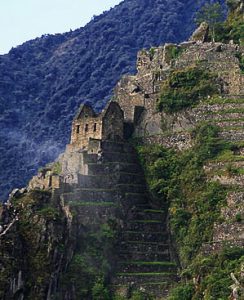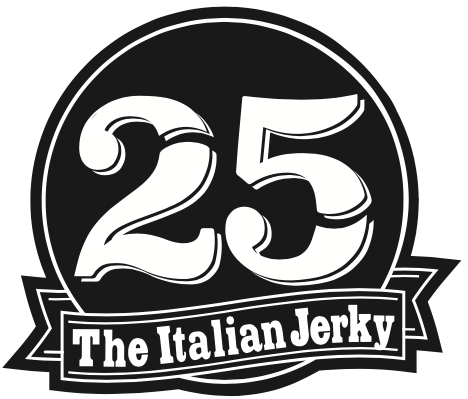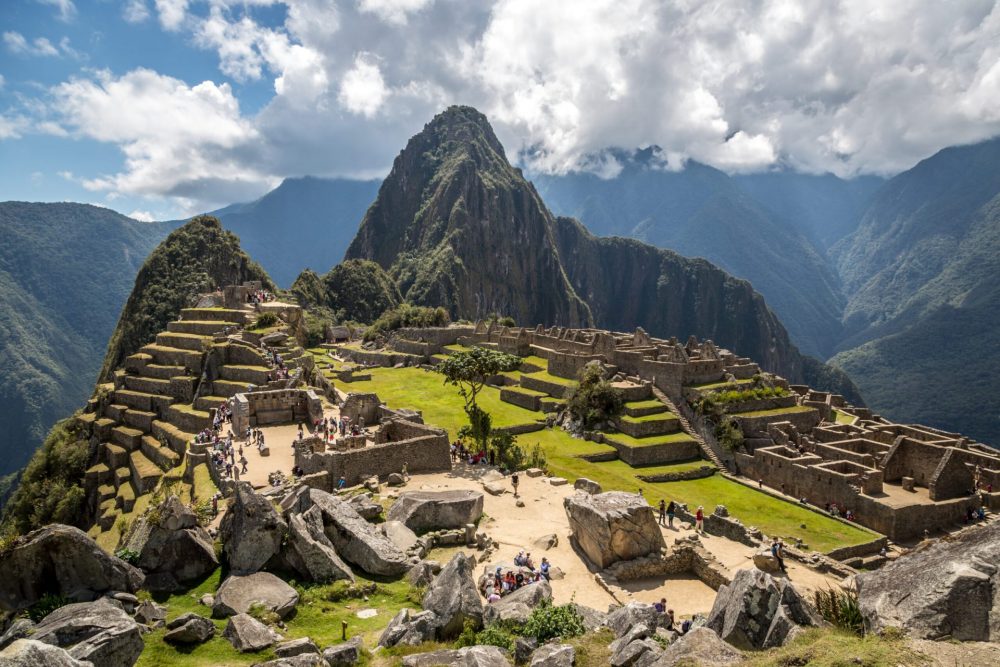Ch’arki: little remains of the traditions of the great Inca empire.
The Spanish monk and conquistador Bernabé Cobo in 1653 wrote that the Peruvian people prepared the dried llama meat by cutting it into slices, putting them on ice for some time and then breaking it up.
Ch’arki, the Quechua word for “dried meat”, traditionally produced with alpaca or llama meat, is probably connected to the tradition of tampu, a series of warehouses located along the trade routes of the Andes to offer shelter and refreshment to Inca travelers. in case of necessity.
Scholars have difficulty in fixing a precise date for the birth of this tradition, but they agree that it is between 8 and 12 thousand years ago.
The Ch’arki was considered a luxury item, widely consumed by the nobles and was distributed to the population only in case of ceremonial events. It was also required by the Inca royalty as payment of taxes.
The Inca exploited the cold and dry climate of the Andes to produce dried meat with a particular method: cold drying. The strips of meat, deprived of the fat, were placed outdoors. The dry climate, the cold of the Andean nights and the beating sun at high altitude led to natural drying.
Once dried and salted, it could be kept for months in the arid and cold climate of the Andes. It was therefore a long-life food with a high nutritional value.
(in the photo the ruins of an Inca tampu)

La tradizione è andata avanti? Leggete questo articolo per saperne di più.

